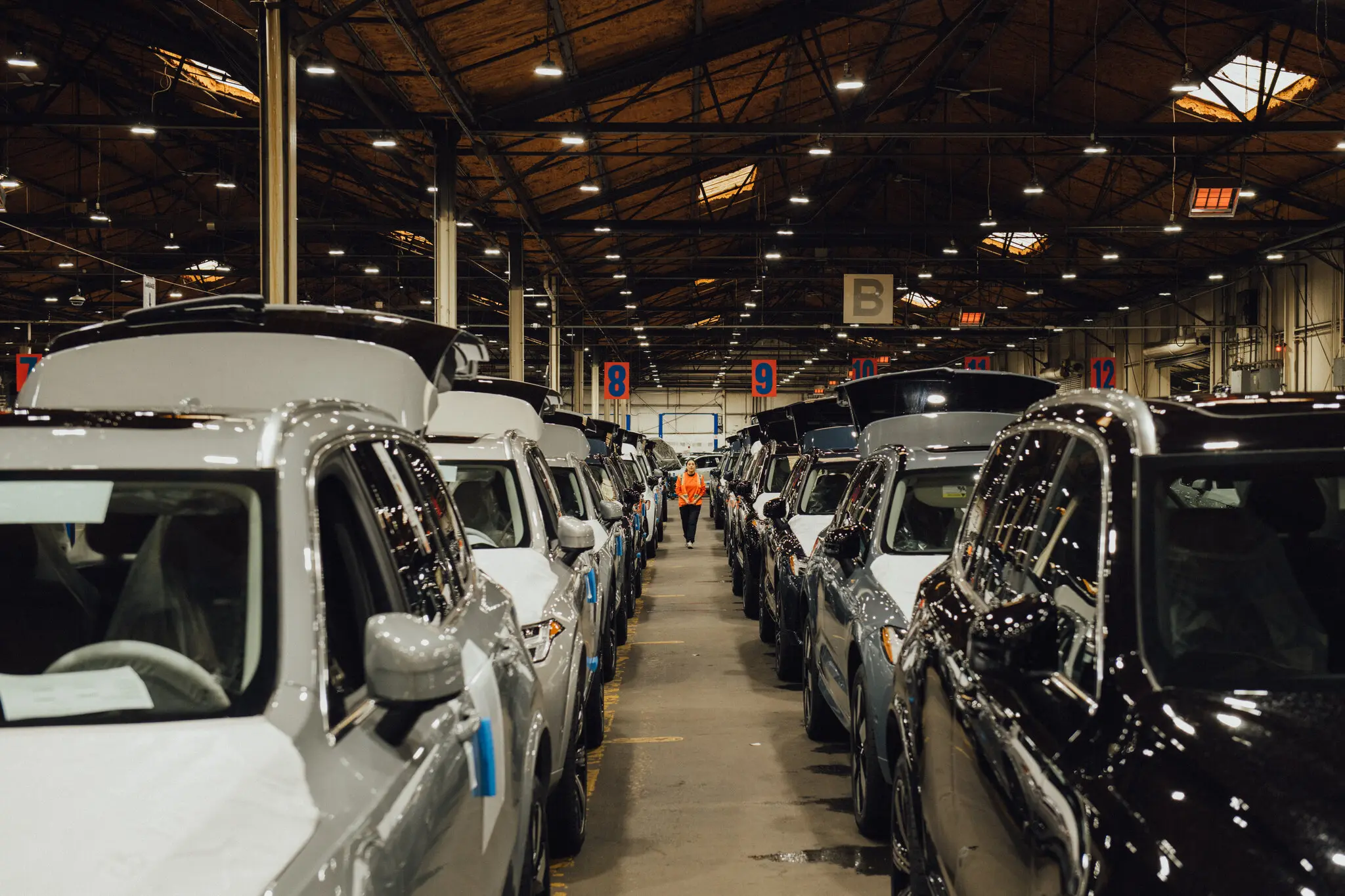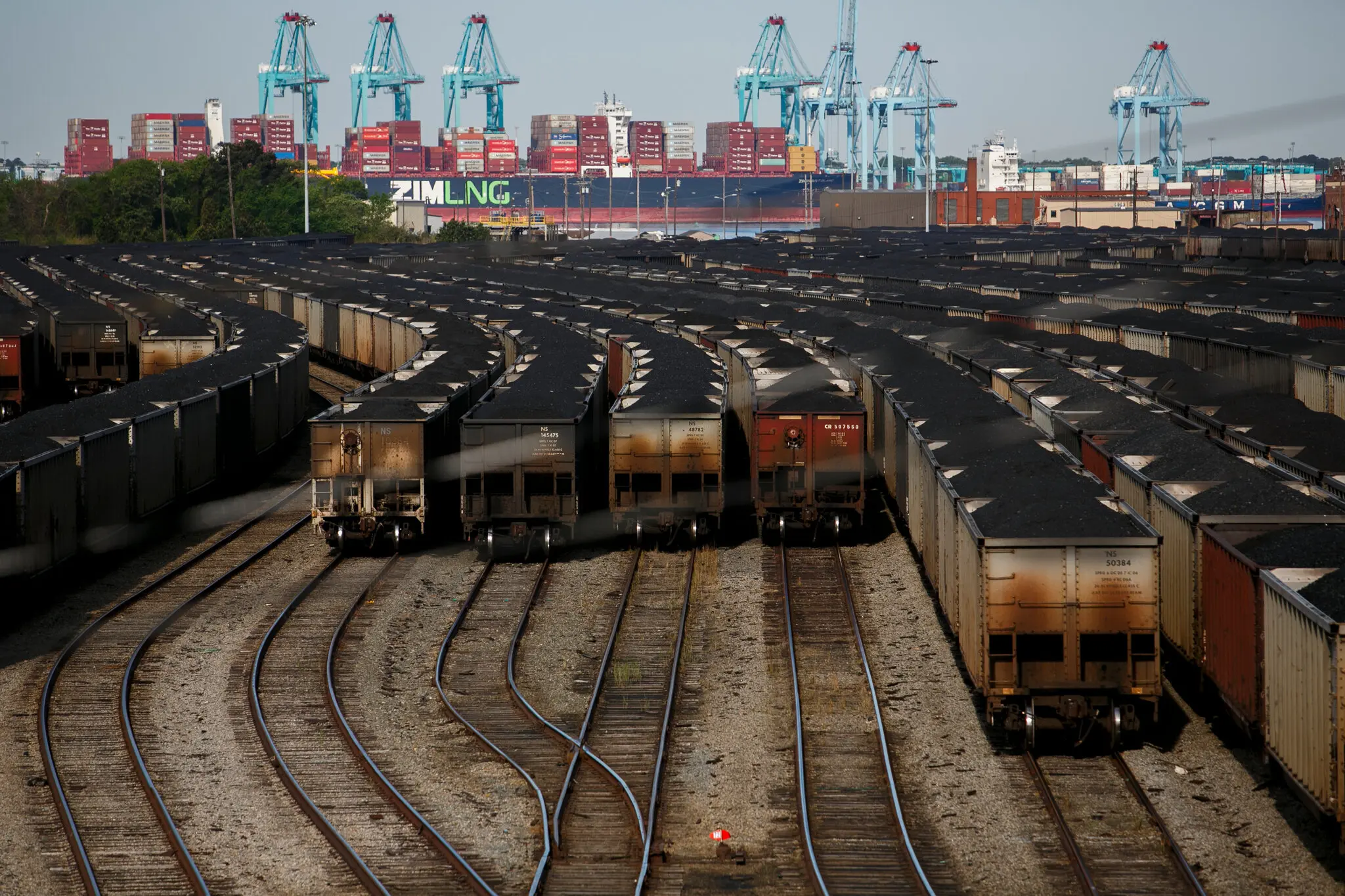In the aftermath of the Key Bridge collapse in Baltimore, the logistics of East Coast supply chains undergoes a profound transformation. From the bustling port of Brunswick, Georgia, to the intricate network of trucking routes, each sector races to adapt, ensuring the seamless flow of goods amidst adversity.
Against the backdrop of the sun-drenched port of Brunswick, a convoy of John Deere tractors come on a journey to Asia aboard the Leo Spirit.
This spectacle, while orderly, symbolizes the extensive efforts undertaken by ports, railways, truckers, and shipping lines to reconfigure supply chains post-collapse. With Baltimore’s port shuttered, previously familiar routes are abandoned, compelling goods to seek new pathways to their destinations.
Trains, Trucks, and Tractors Forge New Routes Amidst Shipping Turbulence

Traditionally routed through Baltimore, the shipment of Deere tractors now faces a detour to Brunswick, a deviation that elongates transit times and escalates costs.
Griff Lynch, CEO of the Georgia Ports Authority, underscores Brunswick’s pivotal role in mitigating disruptions, albeit acknowledging mounting congestion and the port’s limitations in absorbing Baltimore’s entire cargo volume.
Yet, challenges extend beyond port operations. The trucking industry grapples with a dire shortage of drivers and escalating expenses.
Akram Ayyad, owner of 410 Transport, laments the financial strain imposed by rerouted cargo and customer reluctance to shoulder additional costs, illustrating the industry’s struggle for viability.
Meanwhile, the closure of Baltimore’s port reverberates across shipping lines, already beleaguered by global challenges. Hindered by geopolitical tensions and canal delays, shipping companies face yet another hurdle, exacerbating concerns about inflation and supply chain resilience.

To address the crisis, the Biden administration mobilizes a specialized task force, swiftly alleviating some frictions. Port authorities, buoyed by current supply chain resilience, manage the influx of diverted goods, albeit wary of prolonged closures and escalating strain on operations.
Innovations emerge amidst adversity. Newark, Brunswick, and Norfolk witness surges in cargo volumes, prompting dynamic responses from port facilities and workers. Adjustments in processing facilities and alternative routing strategies buoy operations, albeit amid strains on trucking capacity and workforce sustainability.

Ultimately, as the East Coast sails through this unprecedented disruption, adaptability emerges as the linchpin of resilience.
From the bustling ports to the highways and railways, the race to reroute goods underscores the industry’s relentless commitment to sustaining the flow of commerce, no matter the obstacles encountered along the way.







Leave a Reply